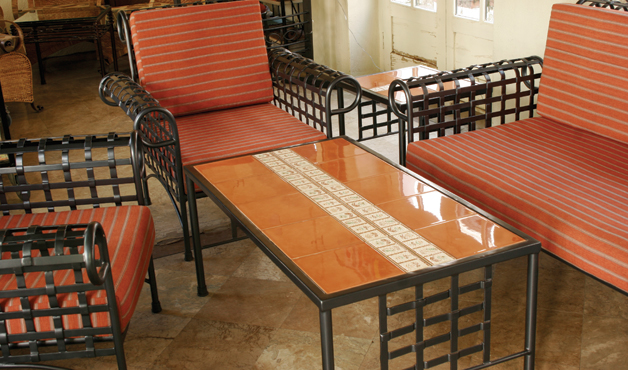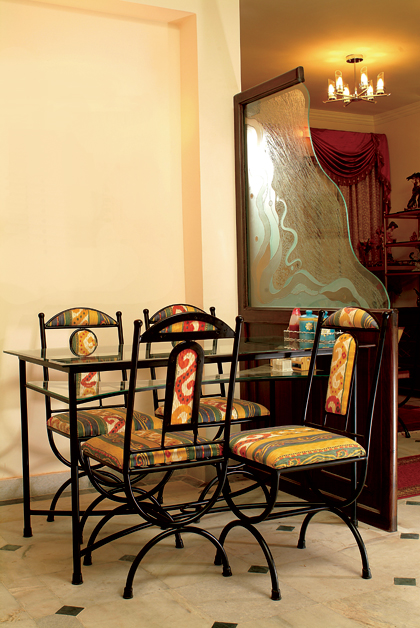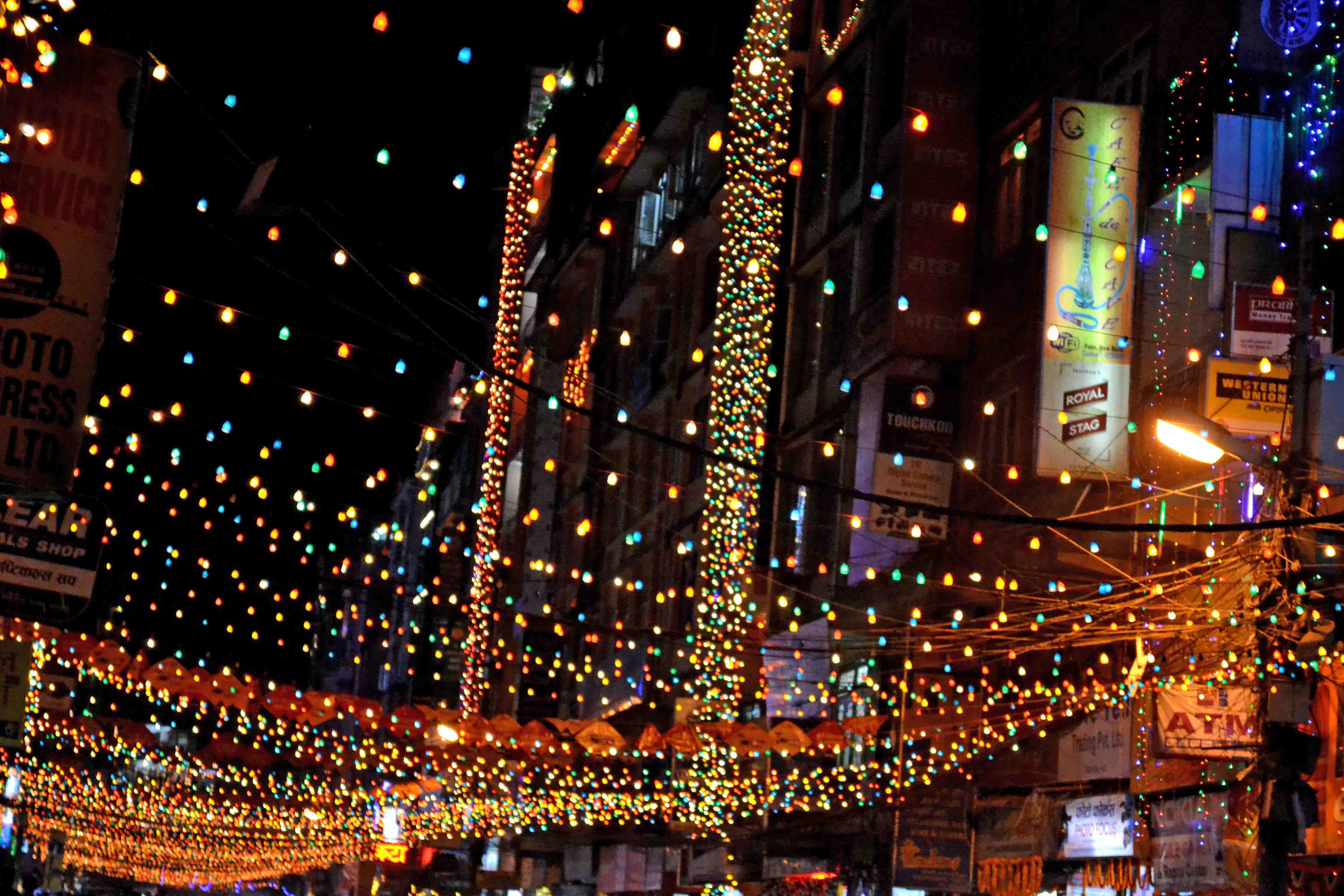
Declared the most prolific painter ever, Pablo Picasso was always a step ahead of the times. While people scratched their heads at his unusual creations, he merely turned a deaf ear to their criticisms and kept pushing on in his own dogged way, and was eventually hailed as the man who ushered in neo-expressionism in art. His outrageous imagination wasn’t just limited to his paintings; he was also one of the first artists to work in iron. The Chicago Picasso, a till-now ambiguous figure, and one of the most prominent landmarks in the area, is an example of his genius in metal sculpture.
Of course, the use of iron for these kinds of artistic or decorative purposes came about much later in history. It was initially applied to more utilitarian objectives, mainly used for making tools, weapons, agricultural implements or protective structures. It wasn’t until the Middle Ages that ironwork became elaborately ornate, seen mostly in churches and cathedrals in and around Europe. It is believed that the Belgian iron craftsman, Jean Tijou, introduced the craft to England during the late 1600s, from where it was carried on to other parts of the world, including Asia.
 The term “wrought iron” refers to iron that has been “worked” into certain products, and more specifically, denotes a distinct type of iron that has lower carbon content than most and is therefore, more easily welded. Of course, it doesn’t imply that the iron is completely pure, because it usually contains a certain percentage of slag - a thick, grainy substance that gives the metal a fibrous look. One of the oldest metals to be used, it was wrought iron that gave the Iron Age its name. Cast iron was another popular form of the metal, owing mostly to its lower cost, and it threatened to replace the wrought variety as far as mass-production was concerned. But since wrought iron was much more reliable in terms of tension, it continued to remain in use, particularly in the making of household articles, furniture and architectural designs.
The term “wrought iron” refers to iron that has been “worked” into certain products, and more specifically, denotes a distinct type of iron that has lower carbon content than most and is therefore, more easily welded. Of course, it doesn’t imply that the iron is completely pure, because it usually contains a certain percentage of slag - a thick, grainy substance that gives the metal a fibrous look. One of the oldest metals to be used, it was wrought iron that gave the Iron Age its name. Cast iron was another popular form of the metal, owing mostly to its lower cost, and it threatened to replace the wrought variety as far as mass-production was concerned. But since wrought iron was much more reliable in terms of tension, it continued to remain in use, particularly in the making of household articles, furniture and architectural designs.
Wrought Ironwork in Nepal
Nepal’s history in metal handicraft might be extensive, but its instigation into large-scale commercial ironwork is relatively recent. Akarshan, the furniture showroom in Kupondol, is believed to have been the first in this sort of venture. Established by entrepreneur Sabita Dhungana more than fourteen years ago, Akarshan today has an impressive collection, most of which are blended with natural, earthy materials like Nepali paper and wood to give a more ‘homely’ feel to the pieces.
Another leading enterprise specializing in wrought iron furniture in the city is the Thong Na Ga Wa showroom at Baber Mahal Revisited. Boasting a beautiful assortment of custom-made tables, chairs, mirrors, partitions, wine racks and much more, the Thong Na Ga Wa lives up to its name indeed, which happens to mean “elegant” in Tibetan. “We try to mix and match different materials,” says Sunita Acharya, designer and proprietor of the store. “We’ve used wood, glass and other metals to accentuate the shape of the iron.”
 While exports might be on the rise, especially to European countries, it is the local market that seems to be gearing up now. Business from ex-pats is still consistent, and with more and more architectural companies as well as individual homemakers taking an interest in these products, things definitely appear positive and the orders are bound to pour in. Also, wrought iron can be remolded or recycled into other shapes and objects if desired, a fact that gives it a definite boost over wooden furniture, which is more or less impossible to reuse.
While exports might be on the rise, especially to European countries, it is the local market that seems to be gearing up now. Business from ex-pats is still consistent, and with more and more architectural companies as well as individual homemakers taking an interest in these products, things definitely appear positive and the orders are bound to pour in. Also, wrought iron can be remolded or recycled into other shapes and objects if desired, a fact that gives it a definite boost over wooden furniture, which is more or less impossible to reuse.
The designs are usually classical – Celtic swirls, plant motifs, symmetrical patterns,
vine scrollwork and the like, most of which are used in balconies, stair railings, gates, fences and doors to give our homes a graceful and refined appearance. “The reason why there’s a rising demand for wrought iron commodities is because people are more style-inclined these days,” says Reshu, Sabita Dhungana’s daughter-in-law and joint proprietor of Akarshan. “These pieces have that subtle yet undeniable elegance that add a touch of class to your surroundings.”











